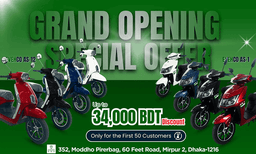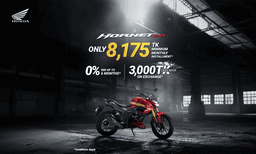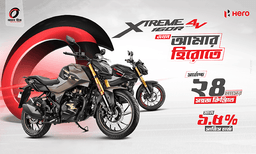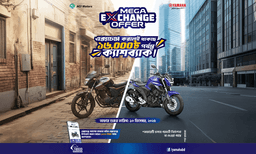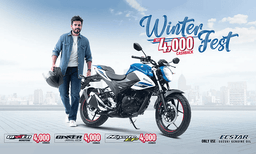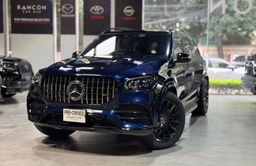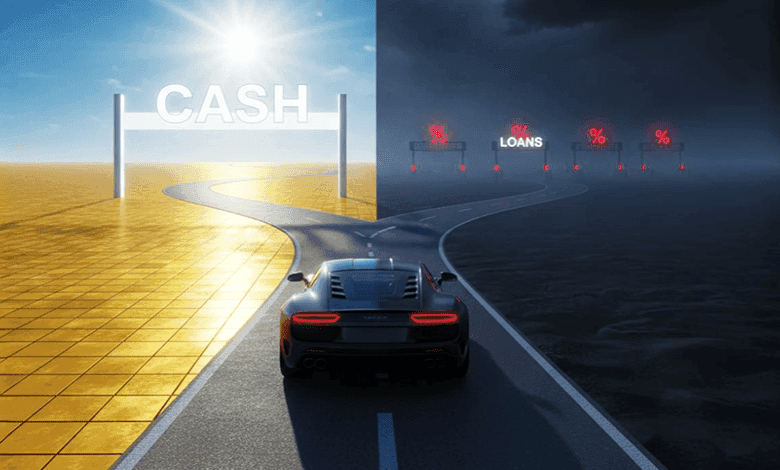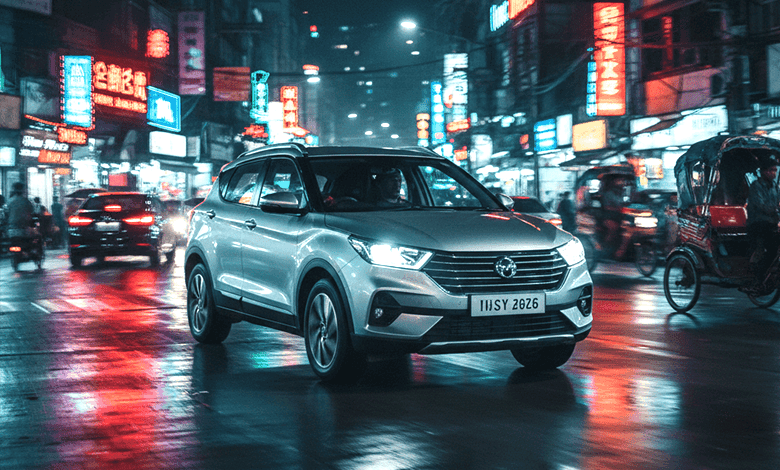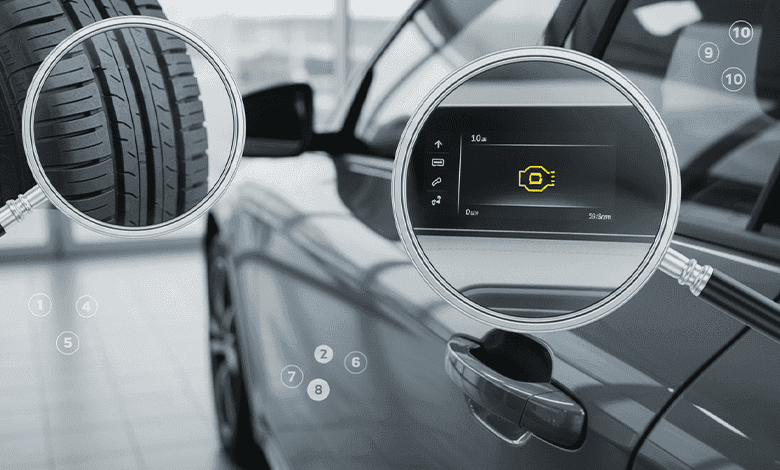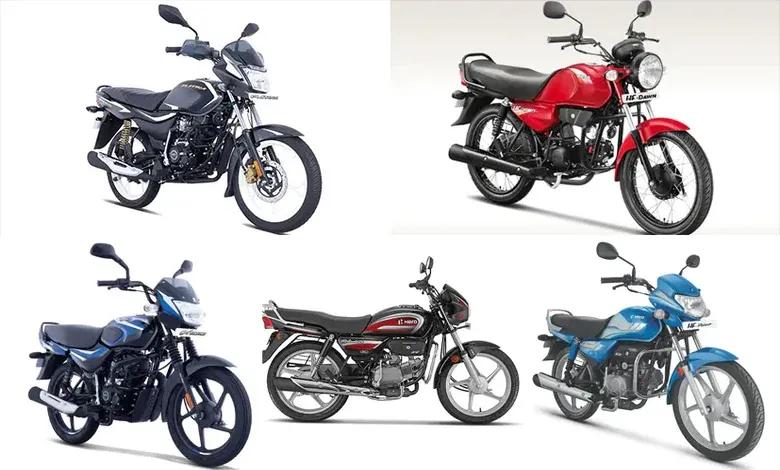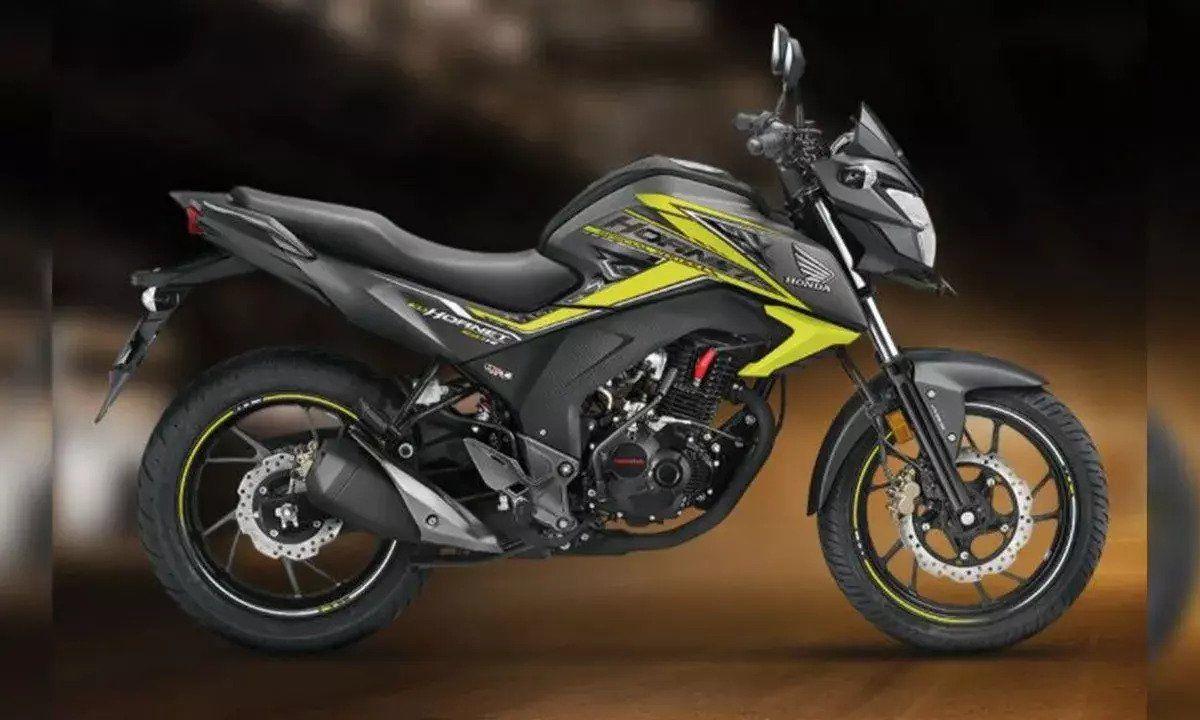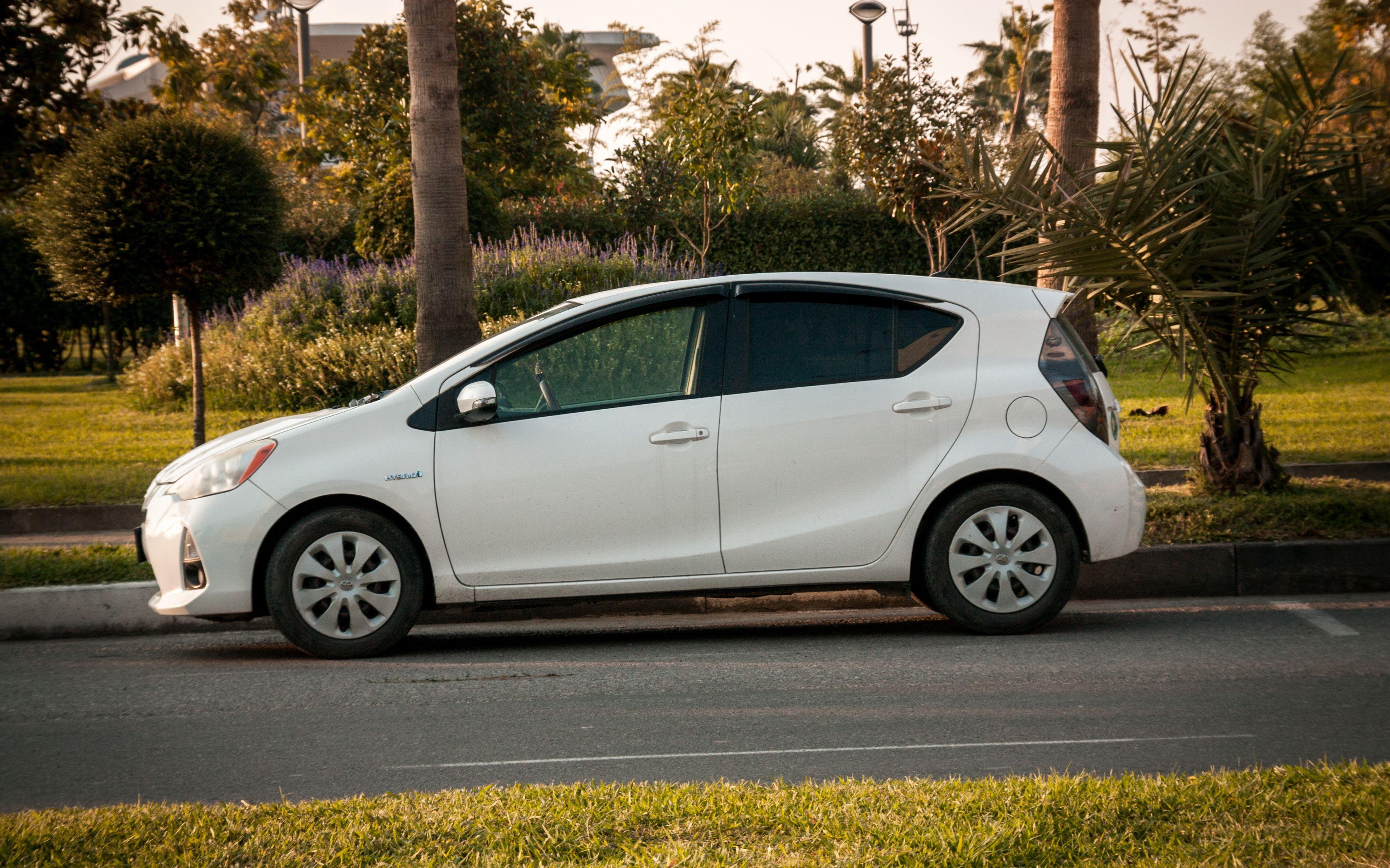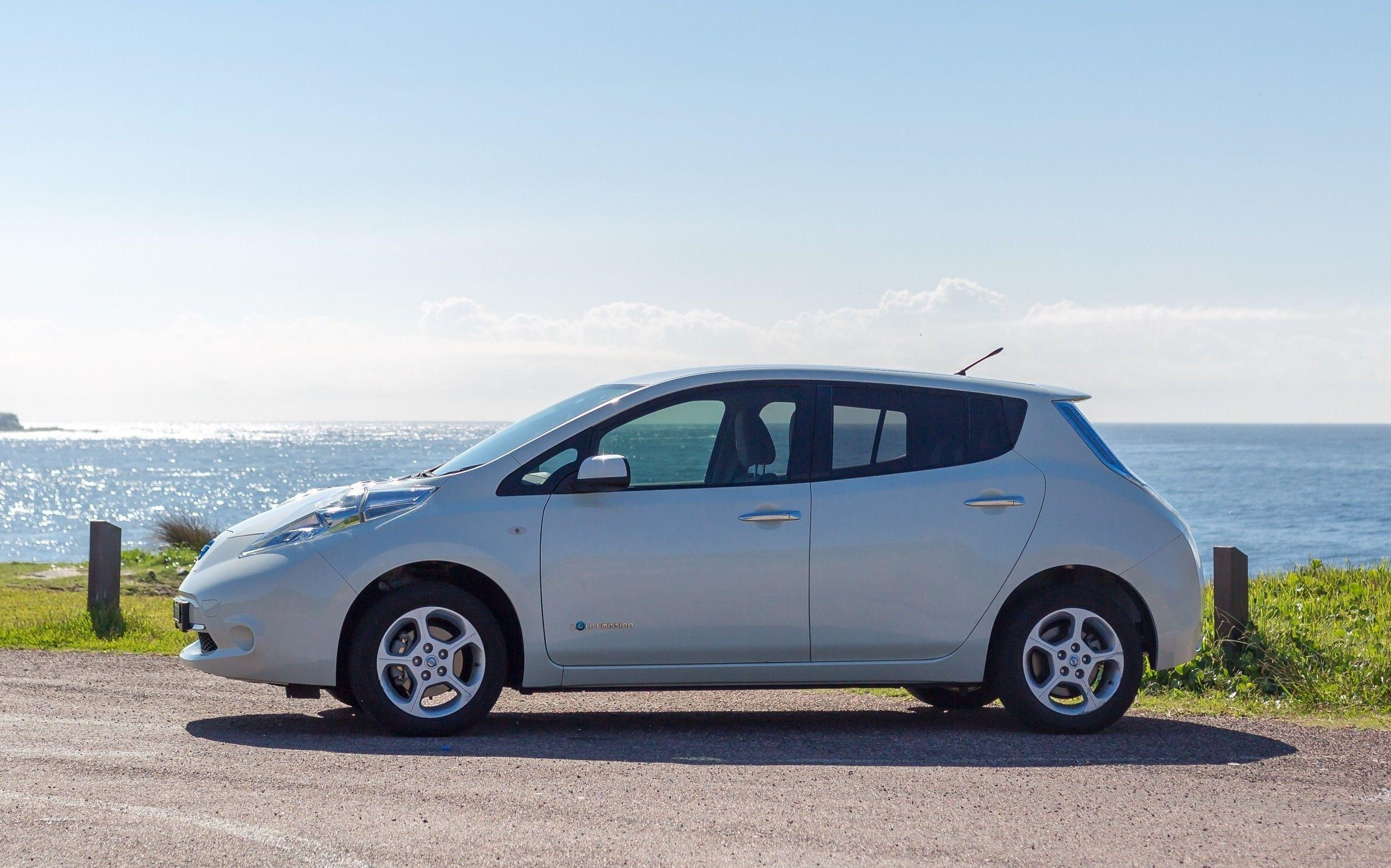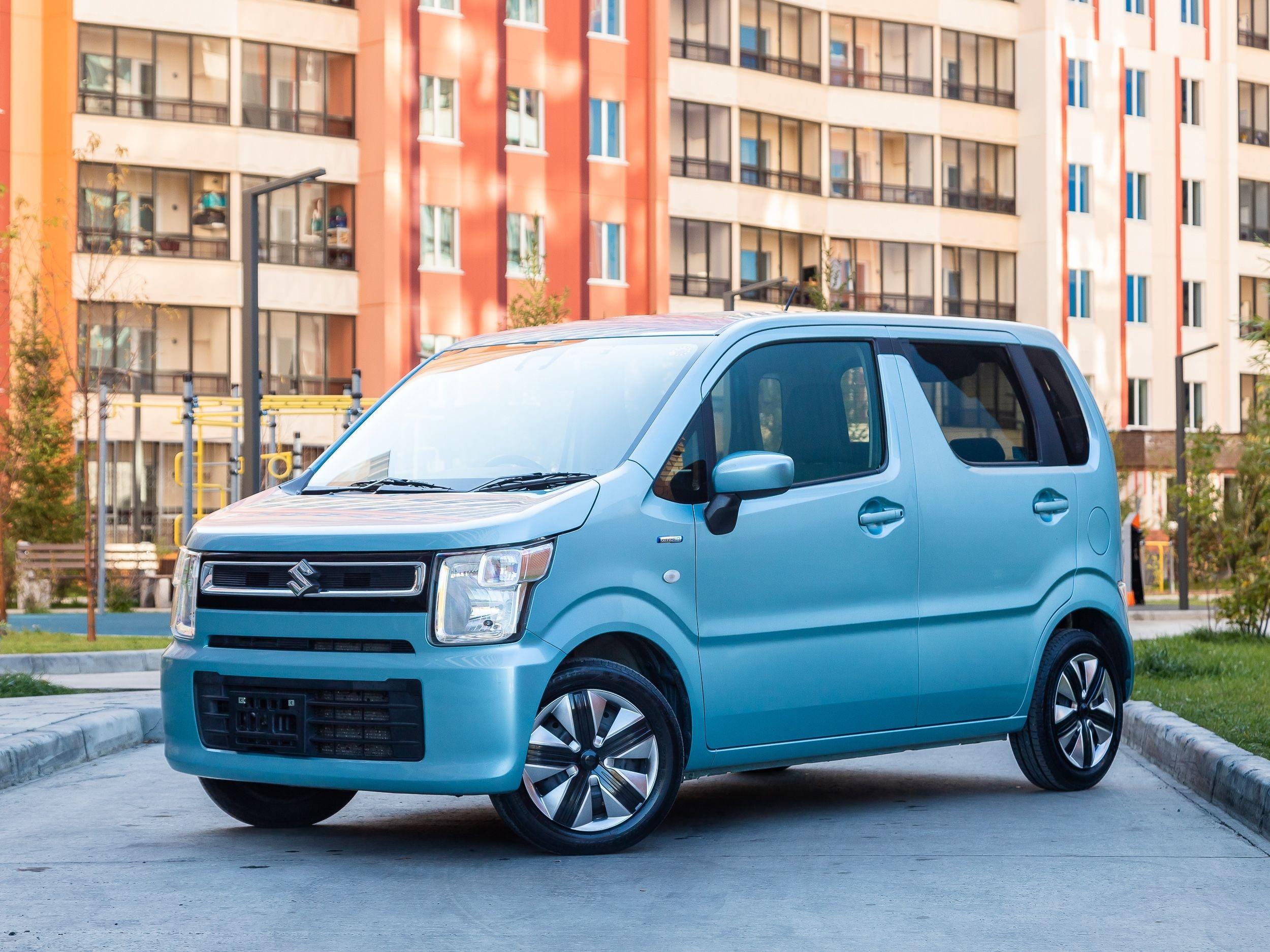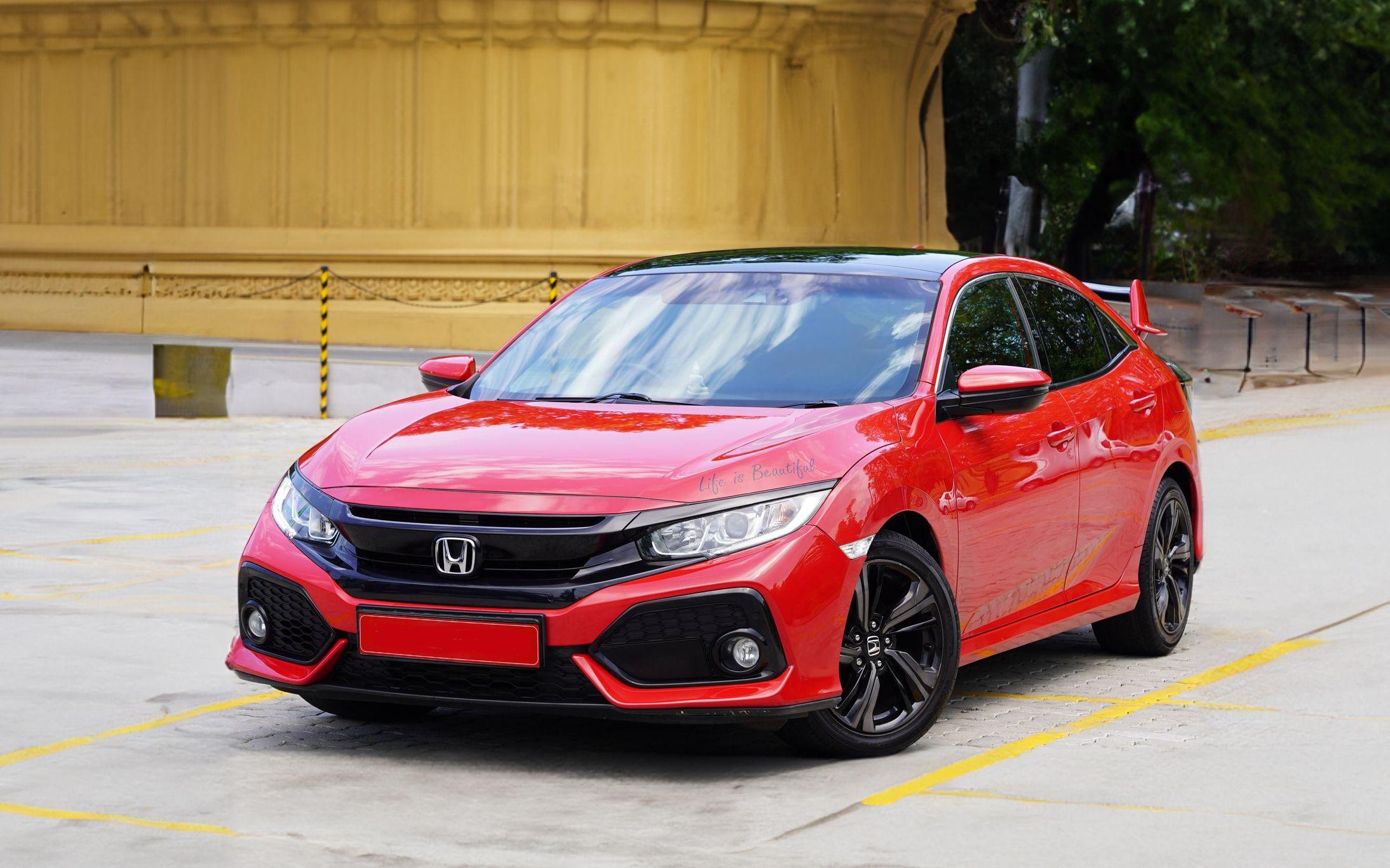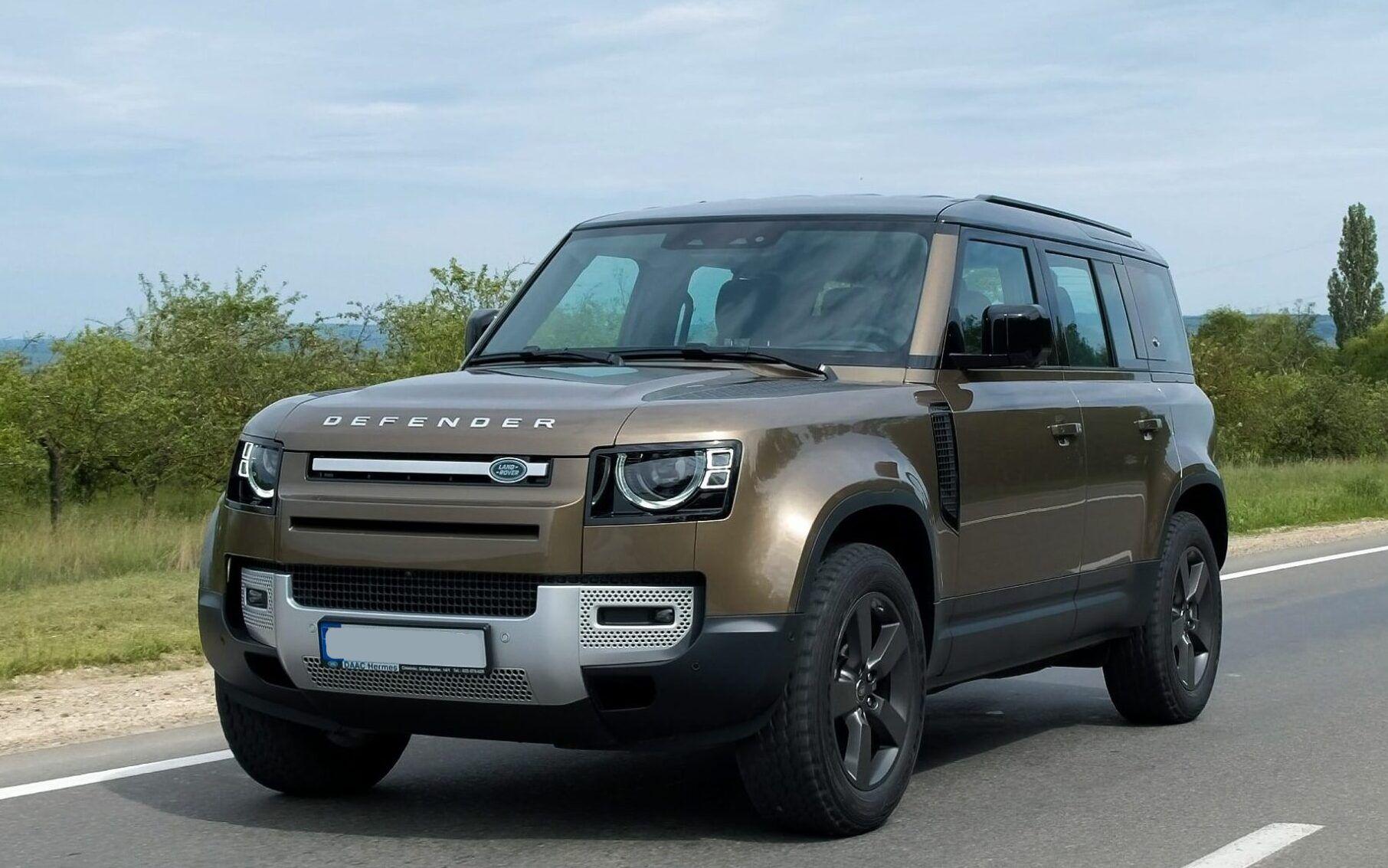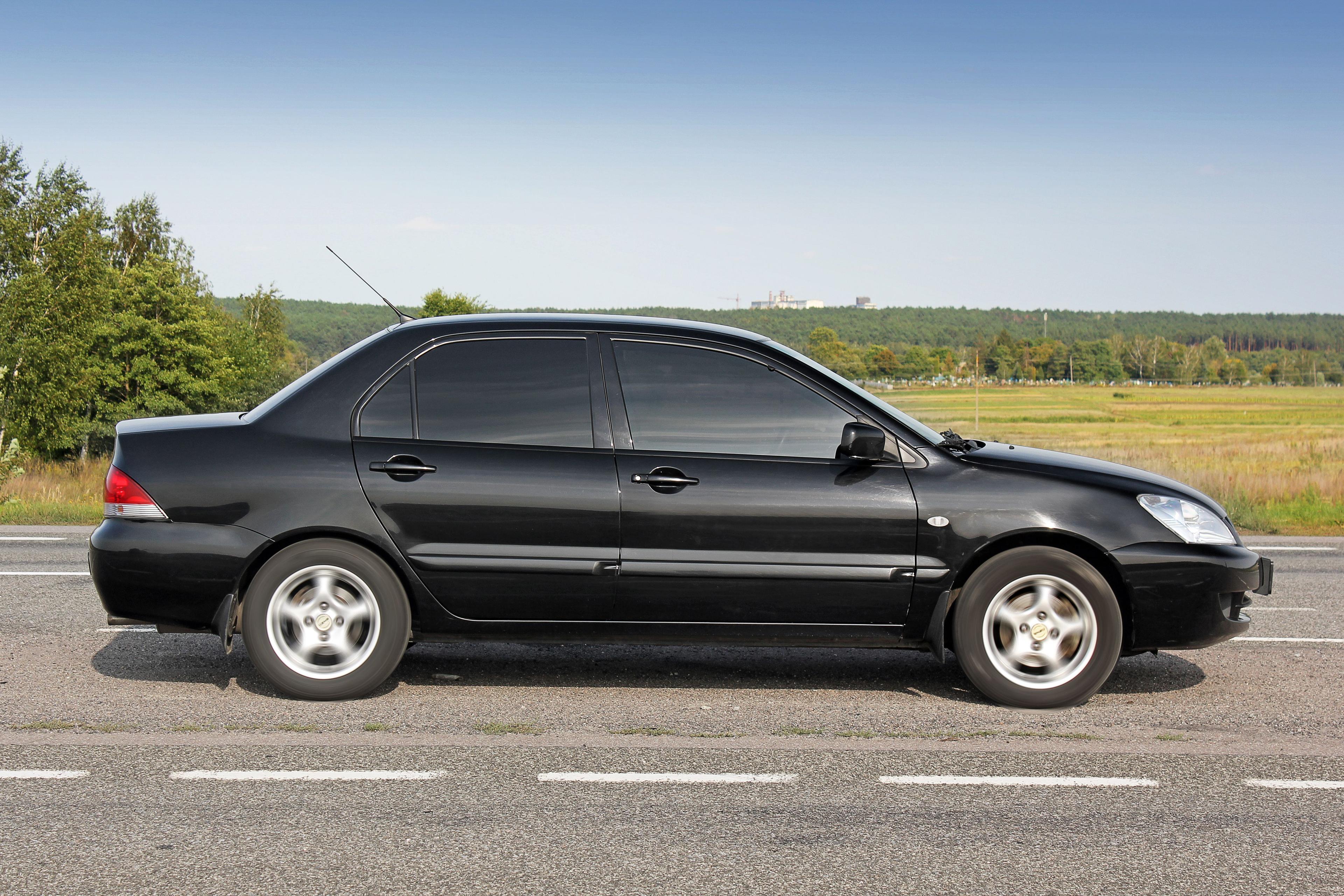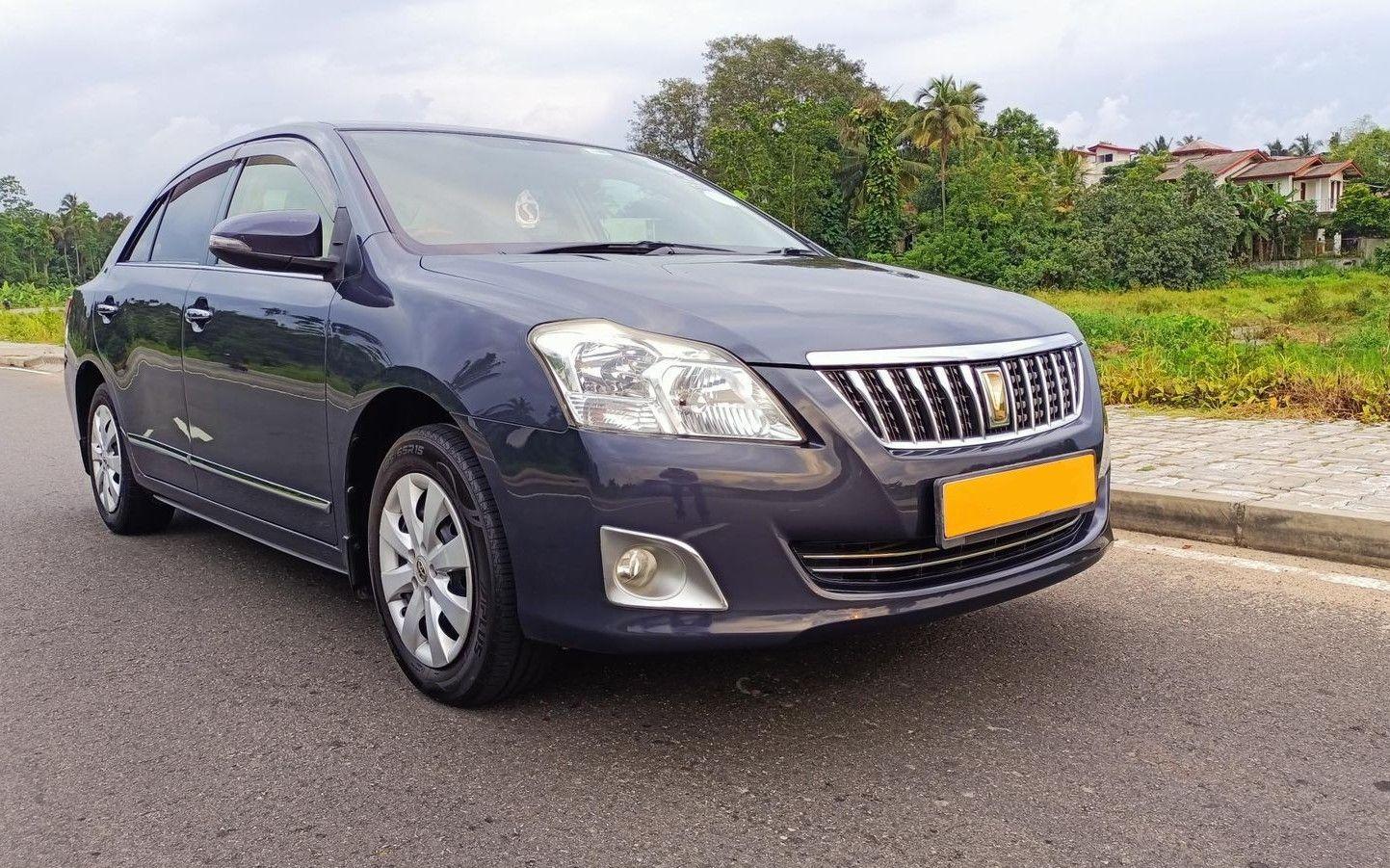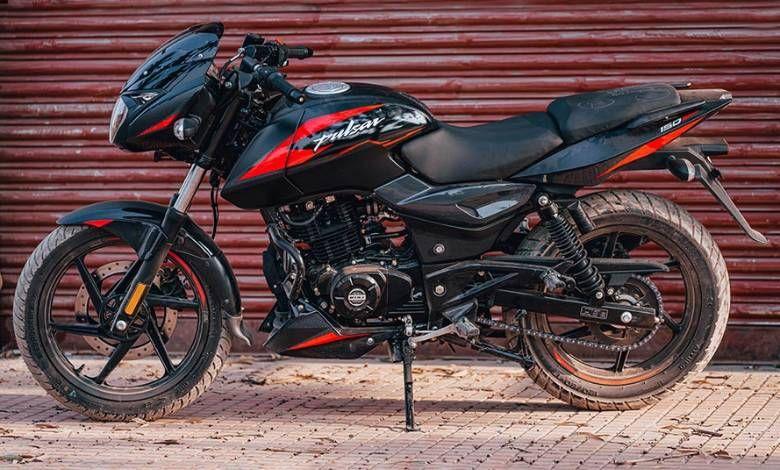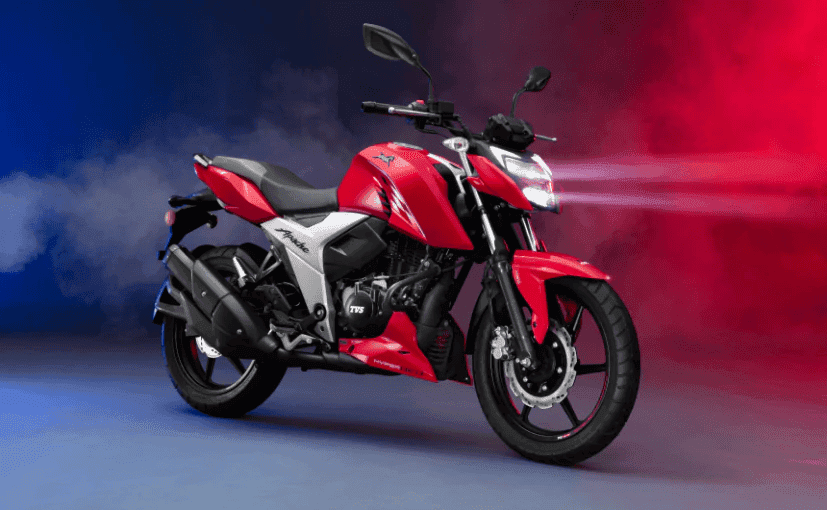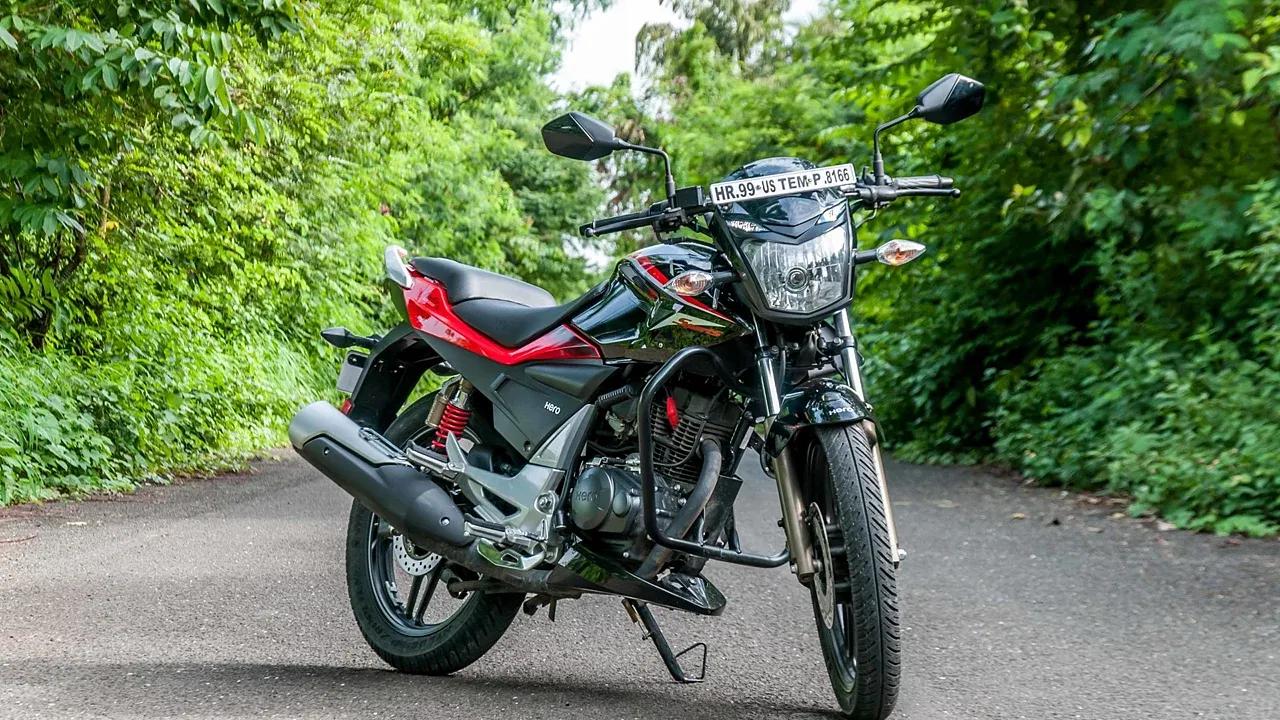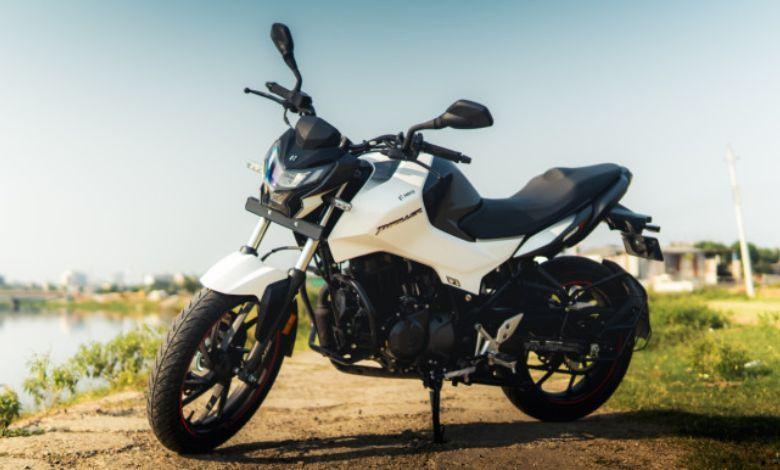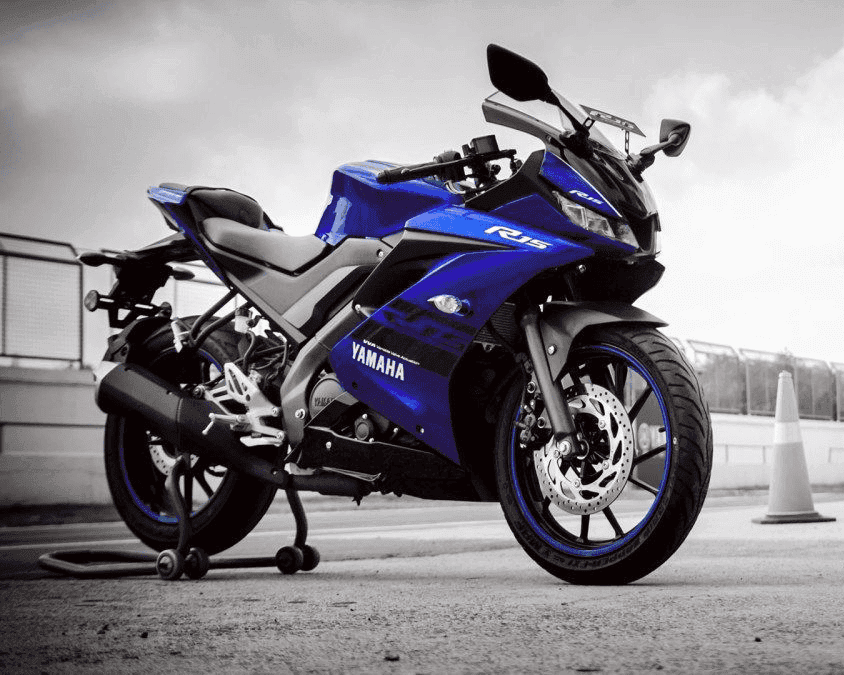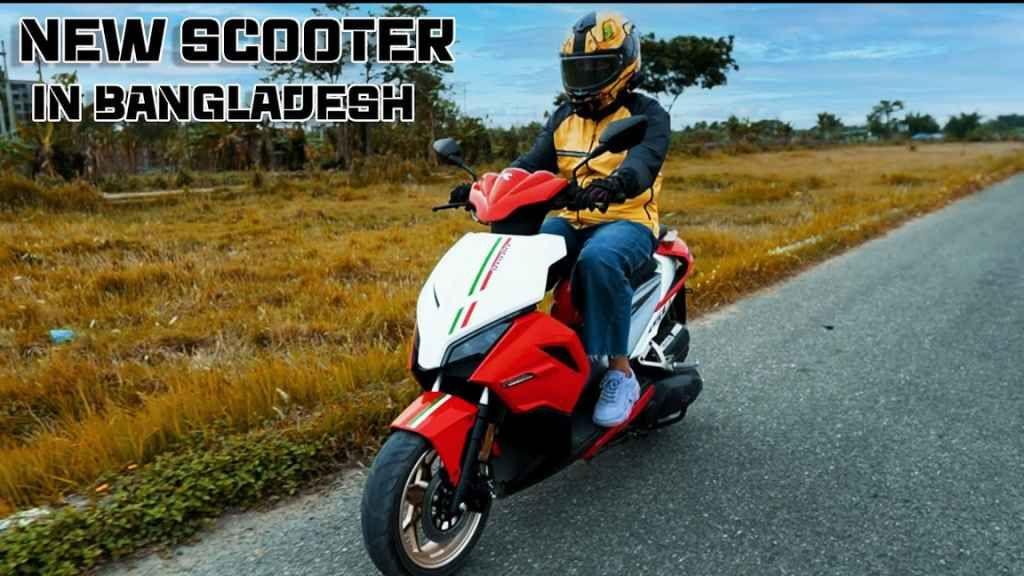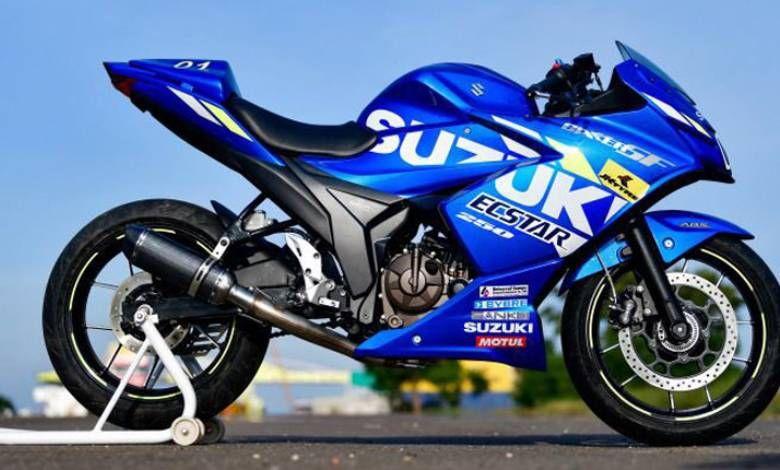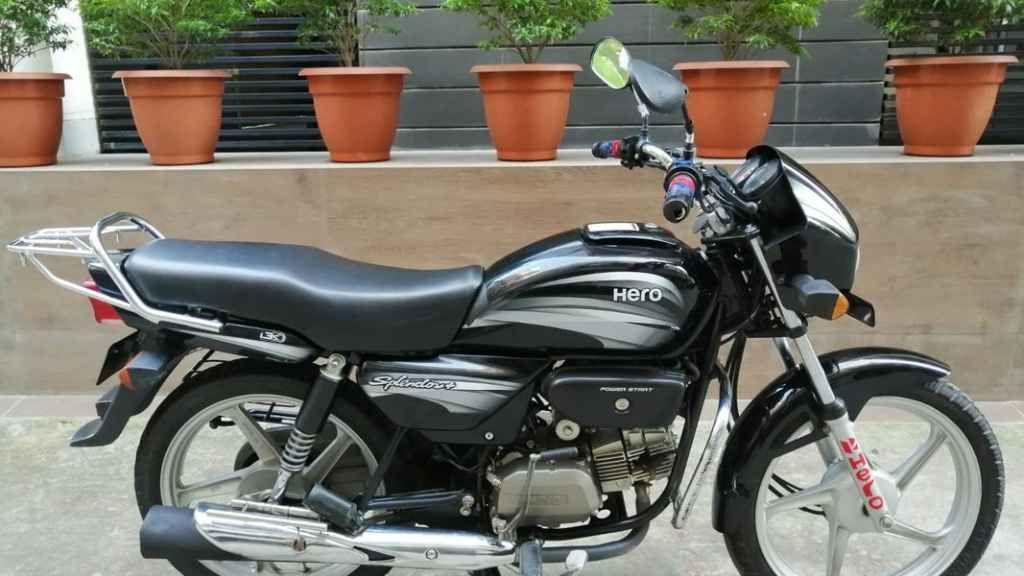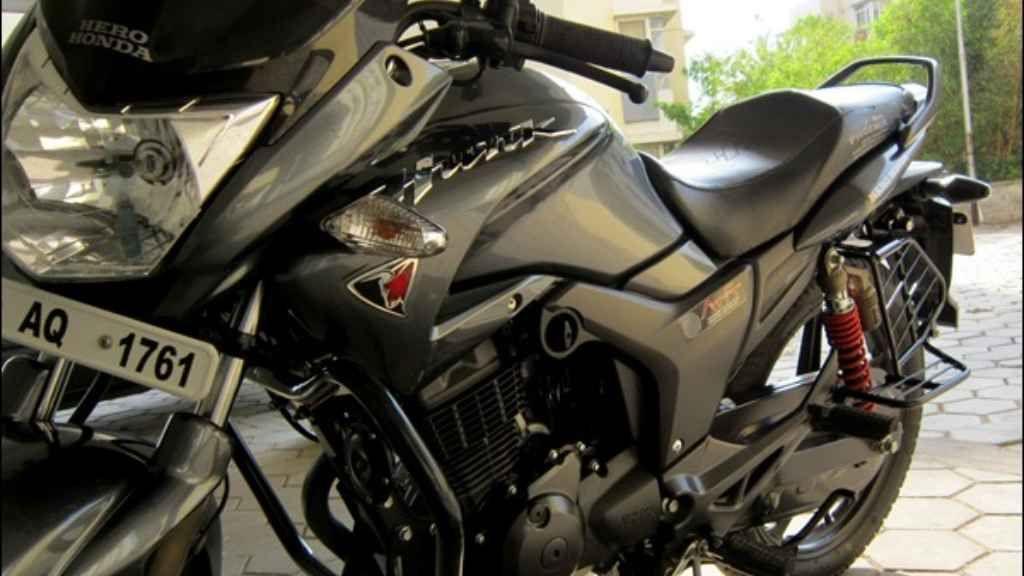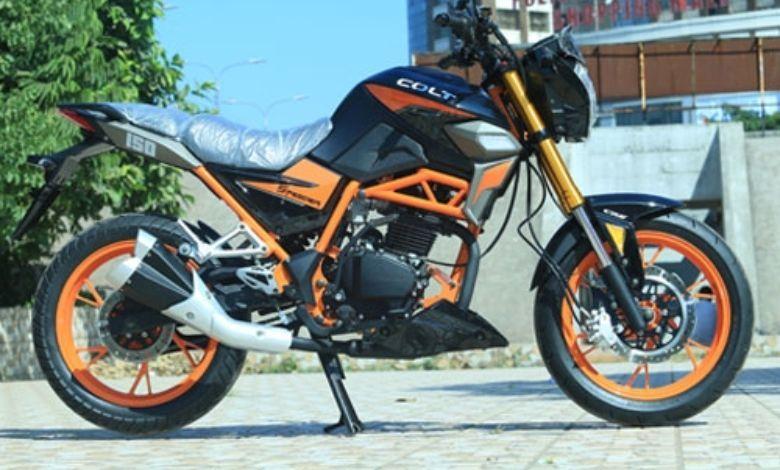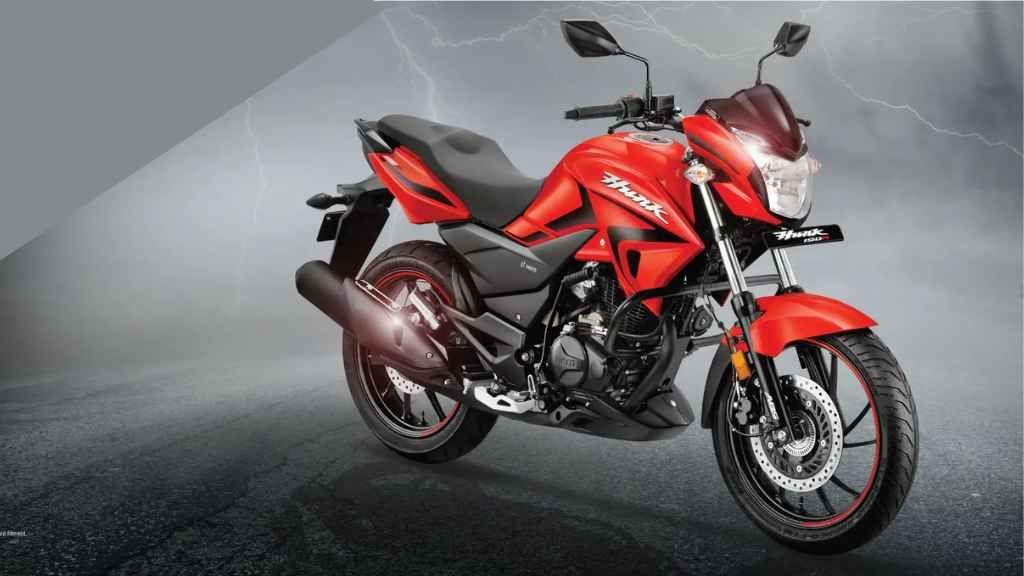11 Things You Must Know Before Buying a Second-Hand Motorcycle
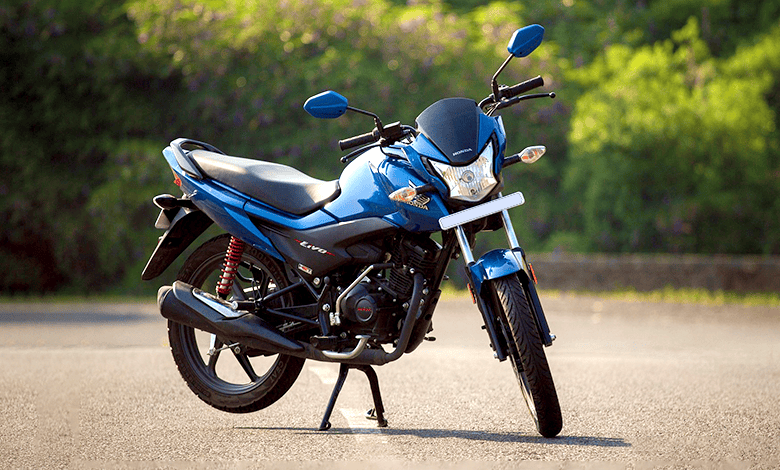
Many people look for second-hand motorcycles to stay within budget, but if it’s your first time buying one, the process can feel quite challenging. What kind of bike should I look for? What should I ask? Am I buying the right one? These are some of the questions that may run through your mind before making the purchase.
Because Bikroy.com regularly connects with numerous motorcycle sellers across the country, it has earned a strong reputation as one of Bangladesh’s most trusted marketplaces for buying and selling motorcycles. So, when it comes to buying a used bike, Bikroy can be one of your most reliable options.
In this article, we’ll cover what to look out for before buying a second-hand bike and also discuss the current prices of used motorcycles in Bangladesh.
Things to Check Before Buying a Used Motorcycle
Unlike new motorcycles, buying a used one requires paying attention to several important details. Here’s what you should keep in mind when purchasing a pre-owned motorcycle:
1. The Bike’s Appearance
A clean motorcycle always attracts buyers. Be open with the seller and examine the bike carefully. Some sellers may clean their bikes only for the sale, while others genuinely take care of them—you can usually tell the difference at first glance.
Check the inner parts of the bike—especially areas that easily collect dirt. True bike lovers always keep these areas clean.
2. Engine Sound
Start by listening to the engine sound. Since the engine’s condition is easiest to judge when it’s warm, ask the seller not to start the bike before you arrive. Listen closely for unusual noises. Sometimes a vibration or rough sound may come from the silencer pipe rather than the engine itself.
3. Frame
If the engine sounds fine, check the frame next. Look for dents, scratches, or signs of bending. If it looks like the bike has been in an accident, ask the seller directly about its history. This is a common issue when buying second-hand motorcycles.
4. Clutch
If the clutch doesn’t feel right, it can usually be adjusted. Press and release the clutch—it should feel smooth in both motions. When you start the bike and shift gears, releasing the clutch slightly should move the bike forward easily.
5. Braking System
After testing the clutch, take the bike for a short ride. Apply the front brake while moving slowly—the bike should stop instantly without any noise. Release the brake gently and accelerate again. If anything feels off, discuss it with the seller immediately. The braking system is one of the most crucial components of a used motorcycle, so make sure it works properly.
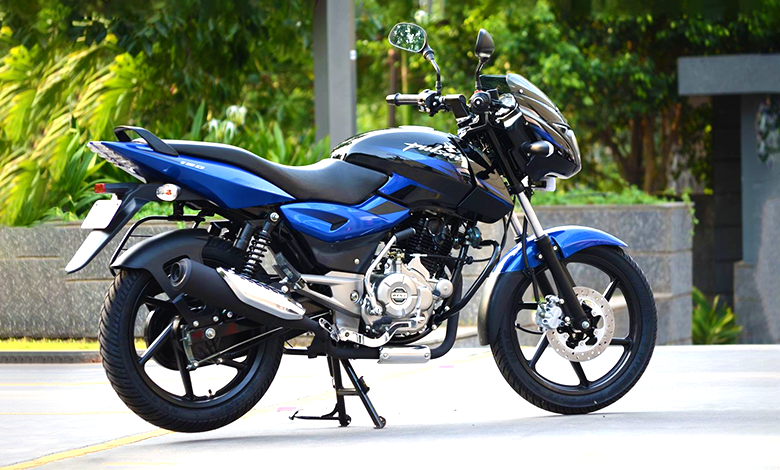
You should have a clear understanding of the bike’s braking system.
6. Suspension
To check the suspension, use the brakes. When pressed, the suspension forks should compress smoothly and return to their position without noise. Check if the fork rings are clean, shiny, and free of oil leaks. For the rear shocks, sit on the seat and press down—the bike should lower and then return smoothly to its normal position.
7. Tires
Inspect the tire tread. If there are cracks in the middle or worn-out sides, it means the tires have been used for a long time, which can affect performance and engine health. Hard braking or skidding can also cause this. Check for dents or bends on the wheel rims by placing the bike on its center stand and spinning both wheels.
8. Fuel Tank
Open the fuel cap and look inside. Check the fuel color and whether the metal inside the tank is visible. Use a flashlight if needed. If it’s dark or unclear, the fuel likely needs changing. If you decide to buy the bike, it’s best to have the engine flushed before regular use.
9. Cold Start
Test how the bike starts when cold. Each brand has a different cold start method, so ask the seller how they usually start it. If the bike has an electric starter, use it. As the engine warms up, listen for abnormal sounds. Then check the exhaust—if there’s excessive smoke, it might be a sign of oil issues. Thick smoke or bad odor can usually be fixed later.
10. Bring an Expert
Inspect every part carefully before buying. If you’re meeting the seller in person, make sure you know who they are and where the meeting will take place. If you sense anything suspicious, don’t hesitate to contact the police. It’s best not to go alone when buying a used motorcycle. Bring a biker friend or mechanic—they can help ensure you’re paying a fair price.
11. Documents
Finally, verify the registration and license numbers to confirm that the bike matches the one advertised. Double-check all papers and ensure the license is valid. If the bike isn’t registered or was registered in another city, find out how to complete ownership transfer and registration before purchasing.
Conclusion
After buying the motorcycle, have a qualified mechanic inspect it thoroughly and fix any issues if needed. Always prioritize safety when riding. Before hitting the road, make sure you have the proper motorcycle safety gear.
We hope this article helps you research and make a confident decision when buying your second-hand motorcycle.
Happy riding!
